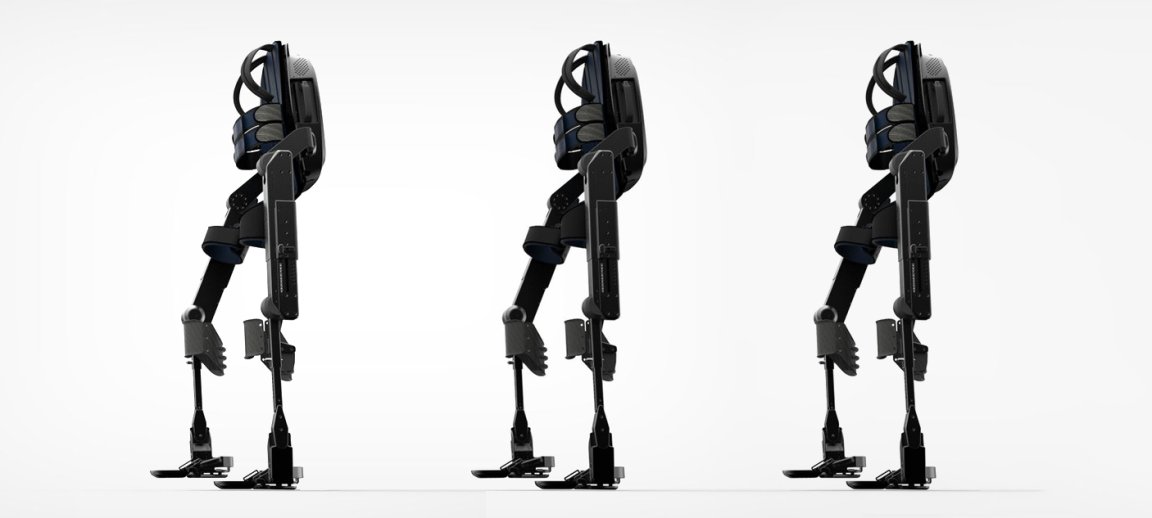
“Alexa, Let’s Stand Up”
Canadian robotics company Bionik Laboratories has demonstrated a prototype of its Arke lower-body exoskeleton that can be controlled via Amazon’s voice assistant, Alexa.
In normal usage, the Arke is controlled using an array of sensors that respond to the wearer’s natural movements. However, as the user gets used to the exoskeleton, they typically use a tablet to issue instructions. Since this could be too much multitasking, some might find voice commands to be more intuitive.

Rise of the Exoskeleton
Exoskeletons can also benefit able-bodied people — for instance, the “chairless chair” could be a major boon to anyone working a job that requires them to stand for long periods of time. Of course, the most life-changing effects will be felt by people who don’t have full control of their body.
Whether the condition is caused by old age or disability, an exoskeleton can vastly improve the wearer’s quality of life. Integrating support for Alexa commands into the Arke makes this technology much more accessible.
While researchers have made progress toward developing non-invasive brain implants that could potentially control an exoskeleton, this is still an intimidating prospect for many potential users. Issuing voice commands isn’t anywhere near as daunting.
All this aside, there’s plenty of work to be done before an Alexa-enabled version of the Arke is commercially available. To make good on the promised prototype, a plethora of certification requirements are needed if this exoskeleton is to graduate to the advanced applications.